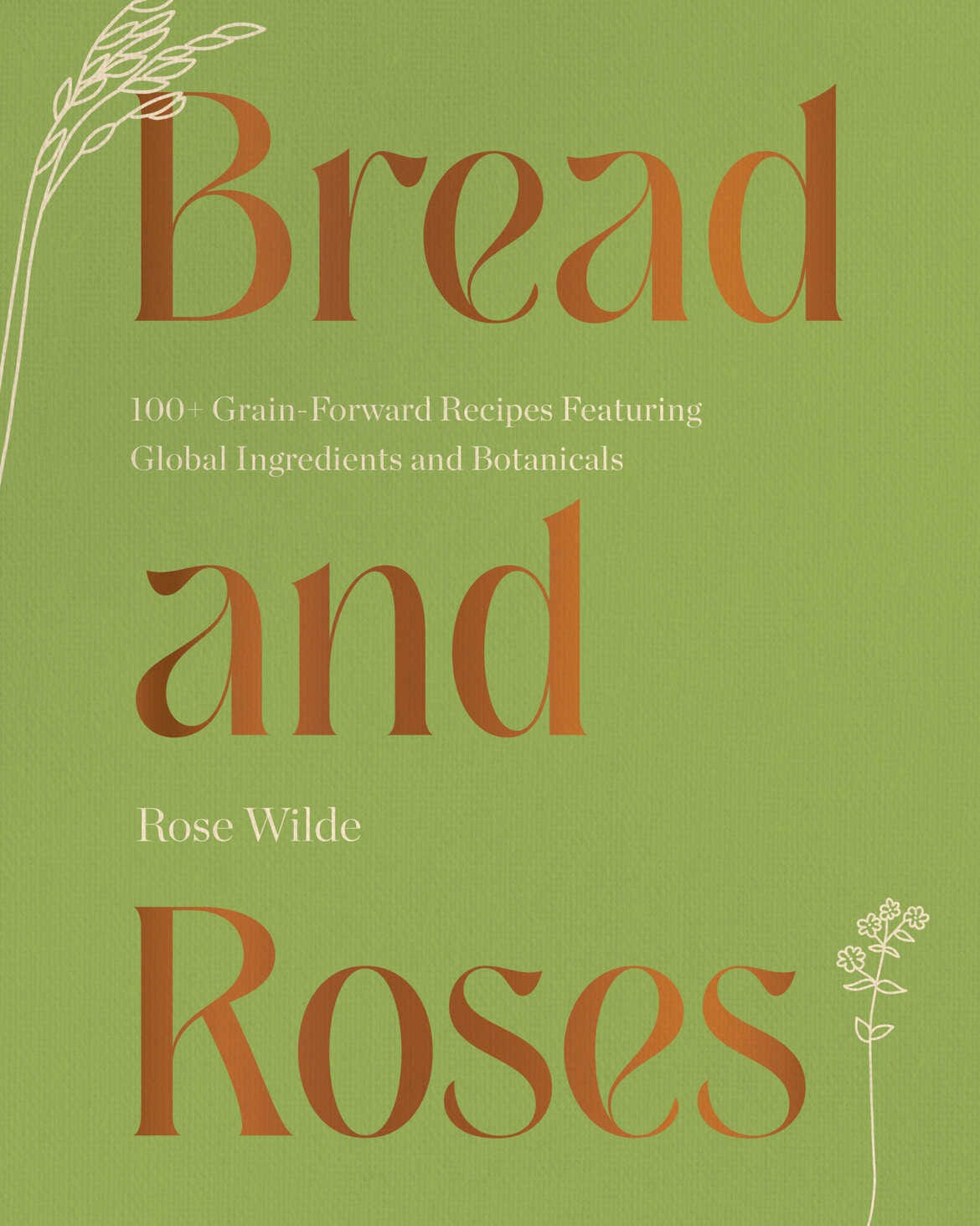Rye Black Bread

This was one of the first breads I developed that turned out just how I wanted. It’s a rich, superdark pumpernickel mimicking the dense breads of eastern Europe and Russia. At my first restaurant, it was on the daily bread menu and always sold out, even before it was voted Best Bread in Los Angeles by the LA Times. I saved that paper, but my favorite memory is the long line of happy bread lovers that wound around the block each day. In the kitchen, we’d cube and griddle it in a cast-iron skillet in butter with sea salt and thyme, plop a sunny--side-up egg on top, and serve it alongside a big salad of leafy greens—-a recipe by way of my mother’s time in the USSR when she was a young woman. After she passed away, I found comfort when I read a similar meal prep in Anya Von Bremzen’s stunning memoir Mastering the Art of Soviet Cooking. I’d always catch one of my sous chefs, Lisa Beck, cutting it thick, slathering it with butter, and heaping chopped fresh dill on top to munch on during break. Whichever way you do it, the bread is rich, tasty, and a meal in itself. This recipe makes three loaves, one for now, one for later, and one to make a friend—-my mom’s rule for bread to keep the gift going. You won’t see much rise throughout the proofs, but the pop in the oven is unrivaled. This recipe is naturally vegan.
Rye Black Bread
MAKES 3 LOAVES
100 g active starter
400 g water
50 g blackstrap molasses
300 g brewed coffee, cooled
240 g rye flour
278 g emmer flour
500 g all-purpose flour, plus more for dusting
25 g unsweetened cocoa powder
40 g ground espresso coffee
3 g ground fennel seeds
24 g salt
100 g water to mix with the salt
- Dissolve the starter in the 400 g of water in a large bowl. Add the molasses and brewed coffee and whisk to combine. Set aside.
- In another large bowl, combine all three flours with the cocoa powder, ground espresso, and ground fennel seeds.
- Pour starter mixture into the dry mixture and move around rapidly with your hands to fully hydrate all the dry ingredients; stop when you have a shaggy mess. Allow to rest for 1 hour.
- Mix the salt with the remaining 100 g of water. Pour over the dough and break it apart with your hands to incorporate fully. Allow to rest for 1 hour.
- Grab the part of the dough ball farthest away from you; pull up to stretch and fold under. Grab the next part of the dough and continue to stretch and fold the dough under itself, creating a coil with the seams facing down. Rotate 90 degrees. Allow to rest 30 minutes. Repeat coil four times, with 30-minute rests in between for a total of 3 hours. Allow to rest for 1 hour after the final coil.
- Lightly flour your clean work surface, then dump the dough onto the surface. Divide into three portions, 700 g each. Gently flatten each portion of dough with the palm of your hand to 1 inch thick and roll it toward you. Use the side of your hands to seal together the edges at the end.
- For free-form loaves, place in an oval wooden bread form or a clean sturdy clothlike canvas, seam side up, to final proof overnight in the fridge.
- For a sandwich loaf, place dough seam sides down directly into a 8-by-4-inch loaf pan prepared with baking spray and a parchment sling. Wrap with plastic and move to the fridge for final proof. This dough does not rise a lot in the final proof but has a huge spring once in the oven.
- For free-form loaves, the next day preheat the oven with a Dutch oven inside it to 450°F for at least 30 minutes to 1 hour. Turn free-form loaves onto parchment paper, dust with flour, then slash with a serrated knife or a lame with your choice of pattern. Transfer to the Dutch oven and cover. Bake for 15 minutes. Remove the cover and bake for another 20 minutes, until deep brown and they sound hollow inside. Internal temperature should be over 200°F.
- For sandwich loaves, the next day preheat the oven to 400°F and pull the dough from the fridge. Dust the top of the loaves with flour, then use a lame to cut one slit down the center. Each slit should be 1 inch deep at a 45-degree angle. Fill a small spray bottle with cold water. Place the pans in the oven and spray the walls with water. Bake for 10 minutes. Spray the sides of the oven with the spray bottle to create steam. Bake for an additional 40 minutes, or until the bread has puffed and is deep brown. The internal temperature should be over 200°F, and when tapped, the bread should sound hollow.
- Remove from the oven and allow to cool for at least 30 minutes before breaking the bread.

Excerpted from Bread and Roses: 100+ Grain Forward Recipes featuring Global Ingredients and Botanicals by Rose Wilde copyright © 2023, photography copyright © 2023 by Rebecca Stumpf, reprinted by permission of Countryman Press, an imprint of W. W. Norton & Co., Inc. All rights reserved.





Member discussion